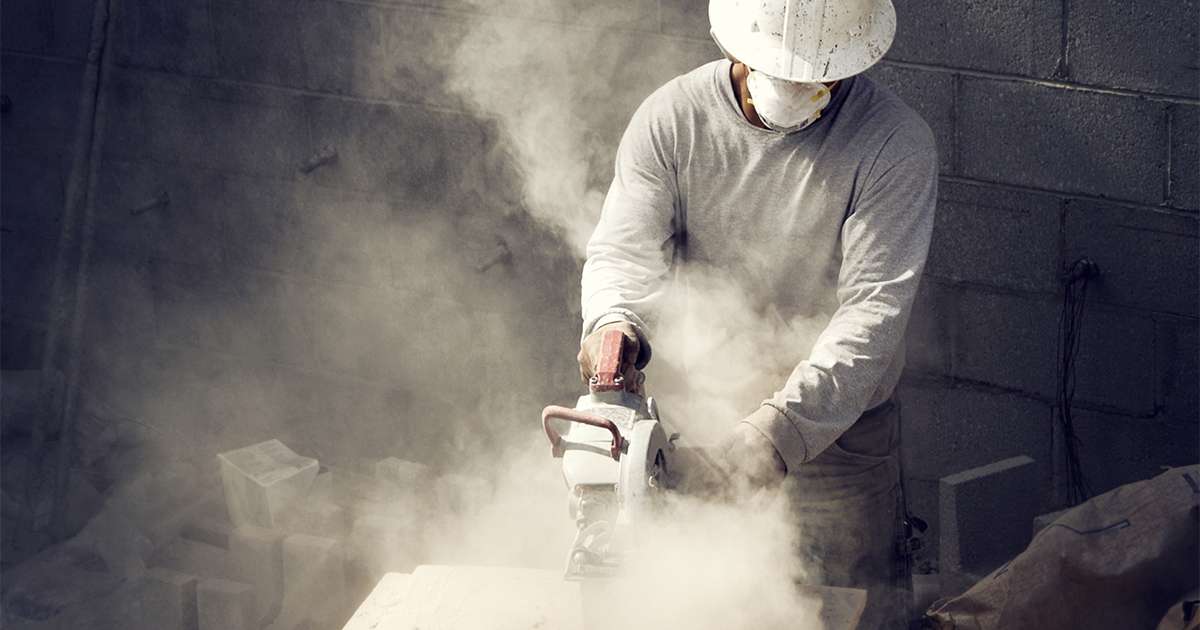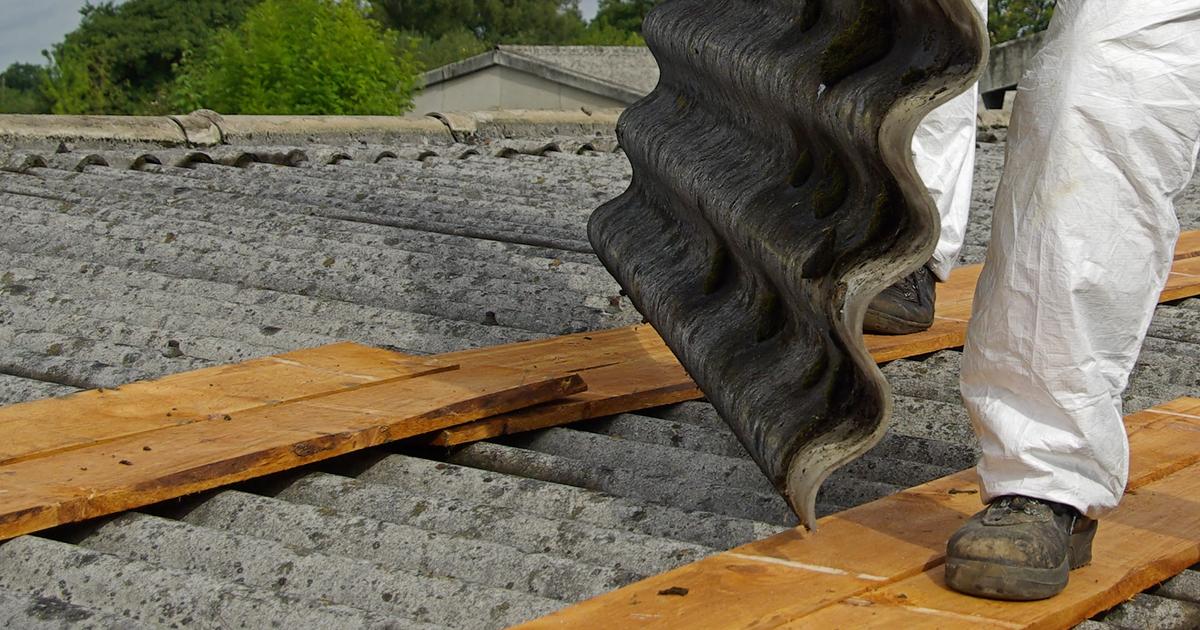What Are The Types Of Pneumoconiosis?
Pneumoconiosis is a disease of the lungs that results from exposure to certain dust particles. These particles typically consist of silica in rock and sand, asbestos fibers in roofing or insulation, cotton dust in textile manufacturing, beryllium, aluminum oxide, talc, cobalt, and coal dust from drilling into rock. Pneumoconiosis occurs when these dust particles enter an individual's airway and travel down into the lungs. Once the particles are in the sacs of the lungs, the individual's body attempts to fight them off.
This process causes issues related to inflammation from the patient's immune system response. Pneumoconiosis is considered an occupational lung disease because in most cases the dust particles are typically found in the workplace. Although pneumoconiosis can be caused by a variety of substances, the symptoms are consistent throughout all types and they include breathlessness, phlegm-producing cough, and chest tightness.
Silicosis

Silicosis is a type of pneumoconiosis that occurs when an individual inhales tiny silica particles or silicates. Silicosis most commonly occurs in individuals who have an occupation involving blasting or moving sand and rock or the use of sand and rock abrasives that contain silica. Generally, these occupations include quarry workers, sandblasters, foundry workers, ceramic workers, miners, stonecutters, glassmakers, gemstone workers, and potters. Silicosis has also been found in individuals who install or manufacture countertops made of engineered silicates.
Silicosis can develop after decades of exposure, or it can develop after severe exposure over several months. Both acute and chronic silicosis cannot be cured. The rate at which silicosis progresses can be predicted by how quickly a patient's symptoms worsen. Treatment of silicosis focuses on the management of debilitating symptoms and the effective prevention of dangerous complications such as mycobacterial diseases, lung cancer, and respiratory failure.
Asbestosis

Asbestosis is a form of pneumoconiosis caused by an individual's exposure to asbestos. A group of naturally occurring silicates, asbestos has shown to be useful in shipbuilding and construction materials, textiles, and automobile brakes because of its structural properties and resistance to heat. Three major types of asbestos are responsible for causing diseases such as asbestosis, and they include amosite, crocidolite, and a serpentine fiber called chrysotile. Individuals most commonly affected by asbestosis are those who have professions such as home remodelers, shipbuilders, construction workers, textile workers, asbestos abatement workers, and miners.
Family members of workers who have been exposed to asbestos and who reside close to mines have also been commonly affected by asbestosis. One of the most concerning complications associated with asbestosis is the development of a type of lung cancer called non-small cell lung carcinoma. Treatment for asbestosis includes pulmonary rehabilitation, supplemental oxygen, early detection of lung cancer, and other forms of supportive care.
